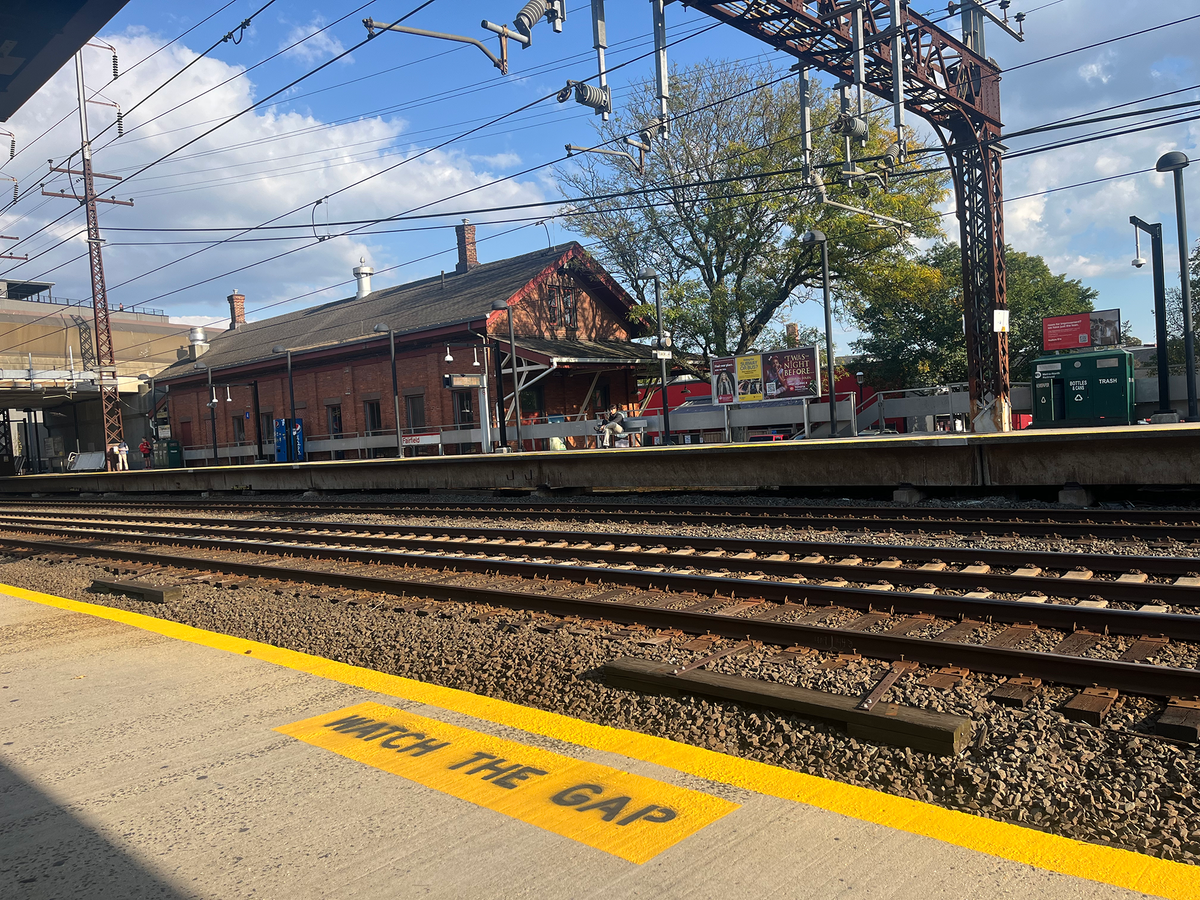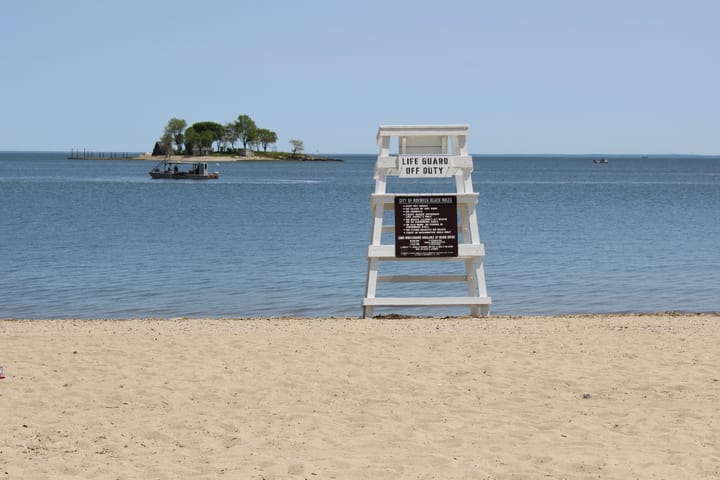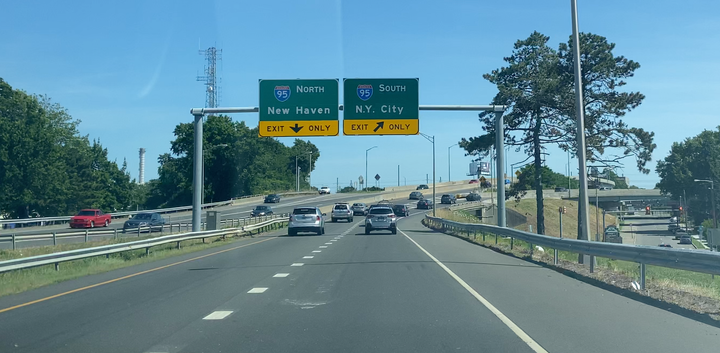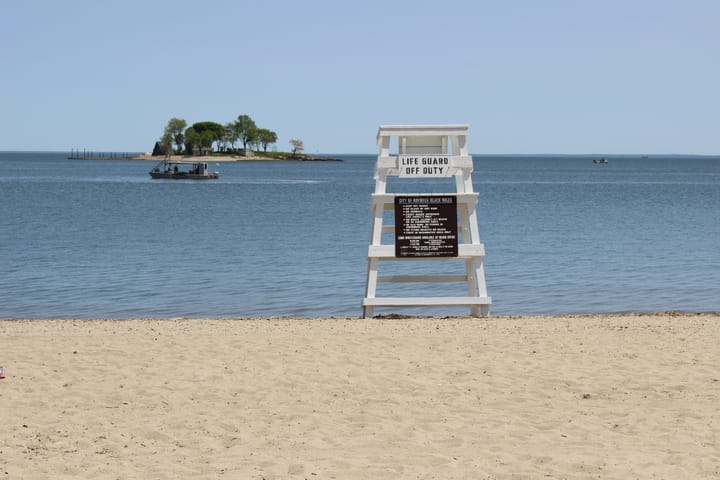Five Things to Know About Southwest Connecticut’s Budgets
Check out our takeaways from proposed budgets in Stamford, Norwalk, Fairfield, Greenwich, and Westport.

With opportunities for public input coming up, we’re exploring some of the top five things you should know about budgets across southwest Connecticut.
You can find the top five things to know about your community’s budget, or take a look at our overall themes and findings that have come up across the region.
1. Education costs continue to rise and it remains the biggest expense for all municipalities.
Both Norwalk and Fairfield saw some of the highest requests for increased budgets from their school districts. Norwalk’s Board of Education requested a 9.7% increase, or $22.6 million increase, from the year prior, while Fairfield’s Board of Education requested a 6.7% increase for its budget or an additional $14.7 million.
In Norwalk, the mayor is recommending a 4% increase for the schools or a more than $9 million increase, but school officials said that would require them to cut programs and increase class sizes.
“The BOE can only meet this budget target by making additional reductions from its initial request. These reductions will lead to the loss of essential positions at the school level, which will have serious long-term impacts,” Superintendent Alexandra Estrella wrote in a statement.
In Fairfield, First Selectman Bill Gerber had originally proposed cutting $3.9 million from the school district’s request, but after meeting with the Board of Selectmen, the administration restored $2 million to the board, leaving a $1.9 million reduction from their initial request.
“I have never previously supported a cut to a proposed school budget increase, and I was uncomfortable with the $3.9 million in cuts we confronted,” First Selectman Bill Gerber said in a statement, while noting that there was “minimal grand list growth in town,” which made it a particularly “challenging year.”
2. Across the region, local officials are proposing to raise taxes on residents to cover increasing costs.
Many officials said they’re working to strike a balance between continuing to offer services to residents and also not overtaxing them.
“This budget upholds my administration’s commitment to fiscal responsibility and ensuring high-quality and reliable city services for Stamford residents,” Stamford Mayor Caroline Simmons said in a statement. “By managing costs and prioritizing investments in public safety, education, and infrastructure, we are strengthening our city’s foundation for long-term growth while addressing current needs that enhance quality of life.
Fairfield First Selectman Bill Gerber said he and his administration are conscious of the fact that “affordability and tax increases are a concern for all of our families. There are people in Town who are housing and food insecure, in addition to residents trying to maximize their budgets in an era of high housing costs and rising prices for everyday items and groceries.”
Still, all communities are proposing a tax increase on local residents.
3. Outside of education, officials highlighted a need to invest in local infrastructure, particularly making roads safer and communities more resilient, as part of their budgets.
In Stamford, Mayor Simmons said in her capital budget she proposed more than $7 million for “road paving, ADA curb ramps, and projects focused on making Stamford more accessible, and bike and pedestrian friendly.”
In Fairfield, First Selectman Gerber emphasized that his budget would invest in areas such as “safe, complete streets,” flood resilience, and updated facilities for first responders.
In Norwalk, the capital budget includes some funding for projects aimed at improving local roadways, including $600,000 for Wall Street Corridor improvements.
4. Uncertainty about federal funding is on the top of minds for some officials across the region.
In Stamford, Mayor Simmons said in her budget presentation that “the Trump administration has “initiated a 90-day review of all federal grant programs to see how programs align with the administration’s priorities. We are closely monitoring the situation and working with our federal lobbyist to navigate any potential impacts this may have on Stamford.”
5. Hearings and review sessions for local budgets are underway across the region, meaning there’s an opportunity for changes and adjustments to take place over the next few weeks.
Residents are encouraged to attend public hearings to voice their support—or objections—to these budgets before they’re finalized, which usually takes place by early May.



